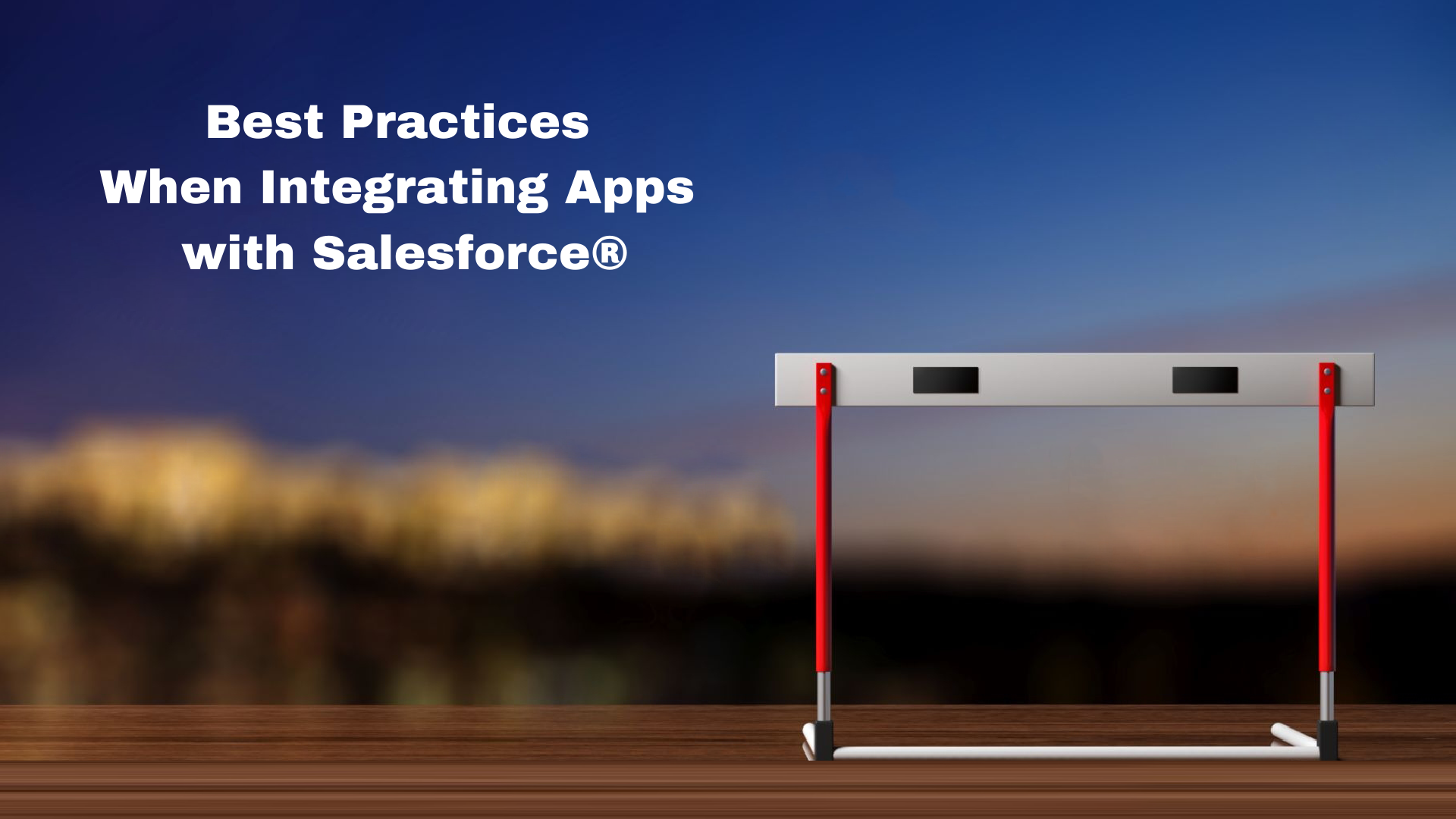Are you an association looking to maximize productivity and efficiency? With Salesforce as the backbone of your operations, having external applications that integrate seamlessly with the platform can provide innumerable benefits. From optimizing data sharing across inter-team communication to keeping custom fields up-to-date, leveraging an automated app integration strategy helps ensure maximum operational performance. Therefore, we will discuss six best practices when integrating apps with Salesforce so you can meet your organizational needs in a timely manner while streamlining processes and improving customer service.
1. Formalizing Data Schemas
Data schema formalization is an essential best practice when integrating apps with Salesforce. Data security and database management will be greatly improved as a result of specifying the structure, relationships, and format of source data elements in the Salesforce Data Schema. Data creators will have to work closely with database administrators to ensure that data schemas are applied properly. When Data Schemas are formally established, it will guarantee consistent gathering, manipulation, and reporting of information from the Salesforce databases, making it easy for developers to access quality data to collaborate across multiple different platforms. As a result, taking the time to carefully document Data Schemas when integrating apps with Salesforce can offer many benefits for all stakeholders involved.
2. Ensure your Integration has the Latest Update
When it comes to integrating apps with Salesforce, the update your integration receives is of paramount importance. Keeping your integration update-to-date allows you to enjoy all that Salesforce has to offer and its associated benefits. To ensure this, it is recommended that best practices about update management are followed rigorously. It is important to regularly patch any new features or changes introduced in Salesforce and update all internal integration processes accordingly. Quality assurance testing should also be conducted after each update before pushing any changes out into the production environment. Taking these aforementioned steps will help make sure your integration with Salesforce stays up-to-date so that you can benefit from the latest features.
3. Maintain the Integration
Maintaining the integration of your Salesforce apps is a critical task that companies cannot afford to take lightly. Neglecting maintenance can cause inefficiencies, slowdowns, and even data loss. The best way to prevent these issues is to implement sound maintenance practices when integrating apps with Salesforce. This includes carrying out regular maintenance and updates as soon as they become available, ensuring that all data within the system has been properly backed up, monitoring user activity for any suspicious behavior, and testing the integration regularly with smoke tests to verify its integrity. Companies must prioritize maintenance tasks right from the start to ensure their Salesforce-integrated apps remain secure and efficient over the long term.
4. Verify and Clean Up the Data
Integrating apps with Salesforce can enhance data-driven decision-making, but it’s important to start by verifying and cleaning up data. Data cleansing is the process of adjusting fields and data types in Salesforce to ensure data accuracy and consistency. Taking the time to properly verify data before integrating apps can prevent data corruption or mismanagement down the road. It’s also crucial to pay attention to any data demands the app you are integrating may have; proper data preparation will ensure a smooth transition and faster implementation. Overall, data verification and data cleansing should be a priority when integrating apps with Salesforce.
5. Transform Raw Data into Business Information
Integrating apps with Salesforce offers companies a valuable opportunity to access raw data and turn it into meaningful business information. To ensure that companies can take full advantage of this tool, it is important to follow best practices when integrating apps with Salesforce. This includes conducting tests before the full implementation of any software for compatibility purposes, making sure that the raw data contains complete and accurate information, having employees trained in the implementation process, and regularly carrying out maintenance checks. Following these steps will ensure that raw data can be integrated with salesforce to streamline operations and gain valuable insights into the business.
6. Prioritize Business Value
When integrating apps with salesforce, it is important to prioritize business value. This process involves salesforce customized solutions to conditions in the sales business cycle that have specific technical requirements. These salesforce customized solutions can maximize cost efficiency, reduce manual labor and optimize sales force integration with different enterprise applications across a host of sales processes. Practicing best practices when integrating apps with salesforce can help an organization unlock its full potential and improve the overall customer experience.
As you can see, there is a lot that goes into integrating data between apps. If managed effectively, app integration can have positive effects on business success. Formalizing data schemas, updating the information, maintaining integration integrity, verifying and cleaning up data, transforming raw data into business information, and sticking to business value are all critical when app integrations come into play. With Aplusify’s expertise in this field, companies will be able to take benefit from our experience and knowledge. We pride ourselves on being able to make your app integrations seamless. Finding out how Aplusify can make it easier for businesses to integrate applications is as simple as reaching out to us with questions or inquiries regarding our services. Let us help you unlock the power of app integration!




